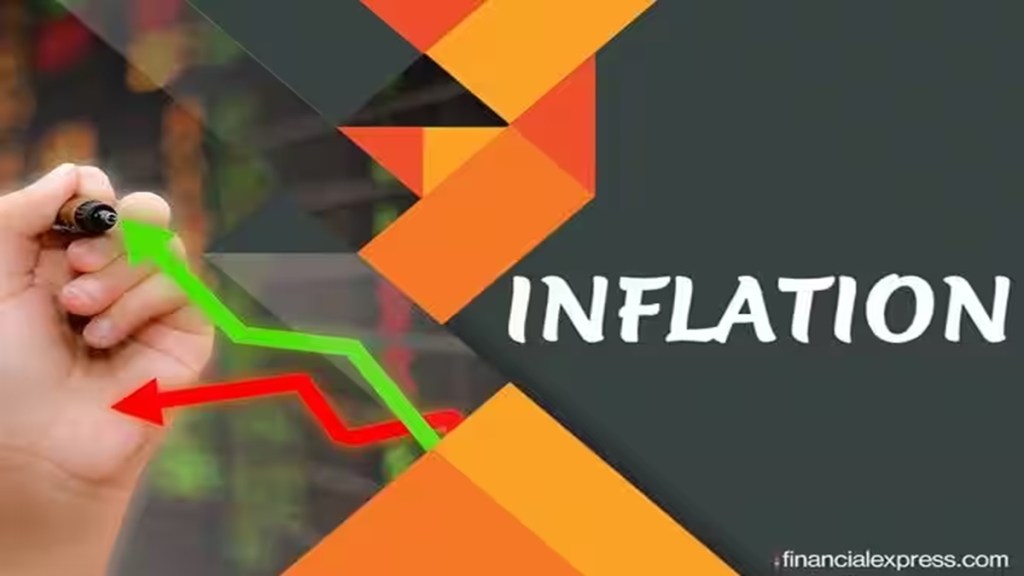Even as core Consumer Price Index inflation moderated to a 40-month low of 4.8% in August from 4.9% the previous month– mainly due to the statistical effect of a high base–, upside risks remain from rising commodity prices.
“If you look at the WPI (Wholesale Price Index) data, for last three months prices of several commodities are on the upside, crude prices have also risen sharply,” said Vivek Kumar, economist, QuantEco Research. In July’s WPI data, price pressures were visible in textiles, leather, non-metallic minerals, steel and some petroleum products.
“However, just like the declining phase of WPI inflation saw limited pass-through to CPI inflation, the recent increase in WPI inflation is unlikely to result in higher CPI inflation, per se. While one would be wary of the recent hardening of crude oil prices, it is likely to be absorbed by the government/oil companies keeping an eye on upcoming elections,” he said.
Core CPI inflation—which excludes components of food and fuel—have stayed sticky largely due to high base effect. In April-August 2022, core inflation had averaged 6.2%. For the rest of 2023-24 as well, core inflation is likely to remain around 5%, as per experts.
However, in case, firms start raising output prices, which has not yet happened, retail prices may increase putting upward pressure on core inflation. Core inflation carries a weight of 47% in the Consumer Price Index. And under the core basket, both goods and services roughly carry the same weight.
Both manufacturing and services PMI surveys, conducted by S&P Global, revealed that input prices rose sharply in August, whereas, firms mildly increased output prices.
“The PMI data shows that input prices are going up much sharply as compared to output prices…the firms are not able to pass-on the increase in input costs, which implies that demand is correcting” said Madhavi Arora, lead economist, Emkay Global. “The supply side risks to core inflation remains, given commodities prices have risen, and if demand remains resilient, core inflation may rise, but as of now, it doesn’t seem to be the case.” Arora expects core inflation to average 4.7% in this fiscal year.
IDFC FIRST Bank’s Economist Gaura Sen Gupta said that going forward as crude and global commodity prices firm up, we see support from reducing input cost pressures wane and companies pass on price increases to consumers.
“Housing inflation is another item which could firm up as urban demand holds up and people shift back to working from office fully,” she said. In August, the housing index within the CPI rose 0.6% sequentially—at the highest pace in four months.
The CPI data released on Tuesday showed that indices of all the four groups within core, rose on a sequential basis. These components of core include ‘pan, tobacco and intoxicants’, ‘clothing and footwear’, ‘housing’ and ‘miscellaneous’.

